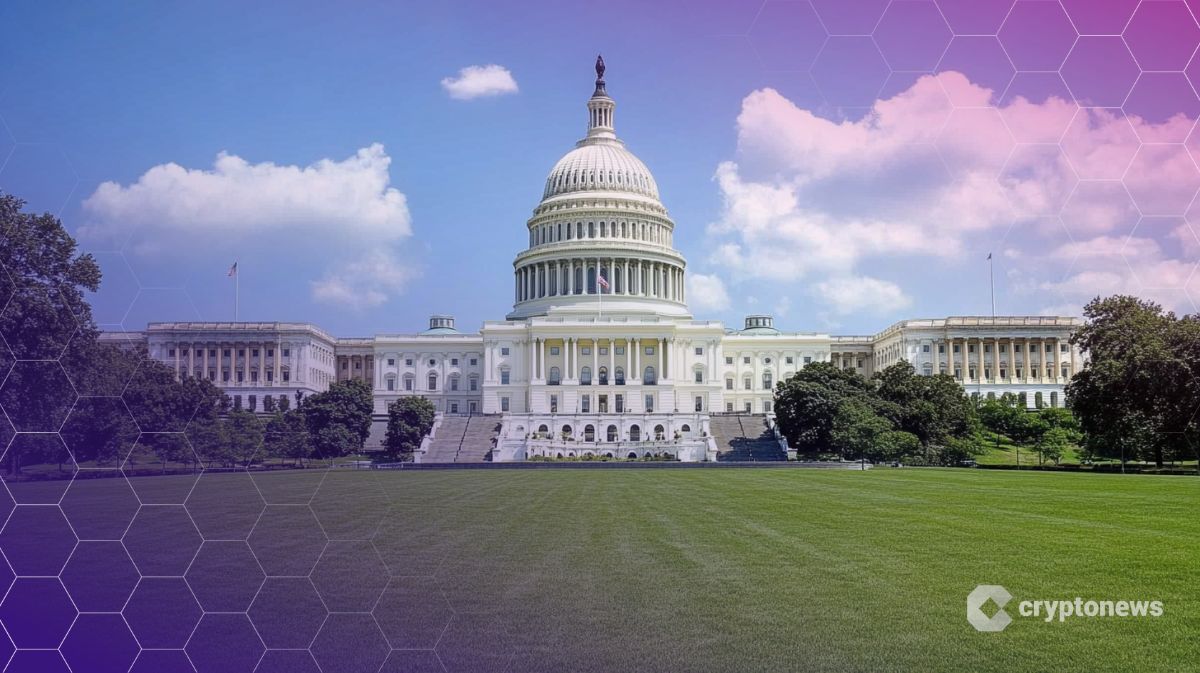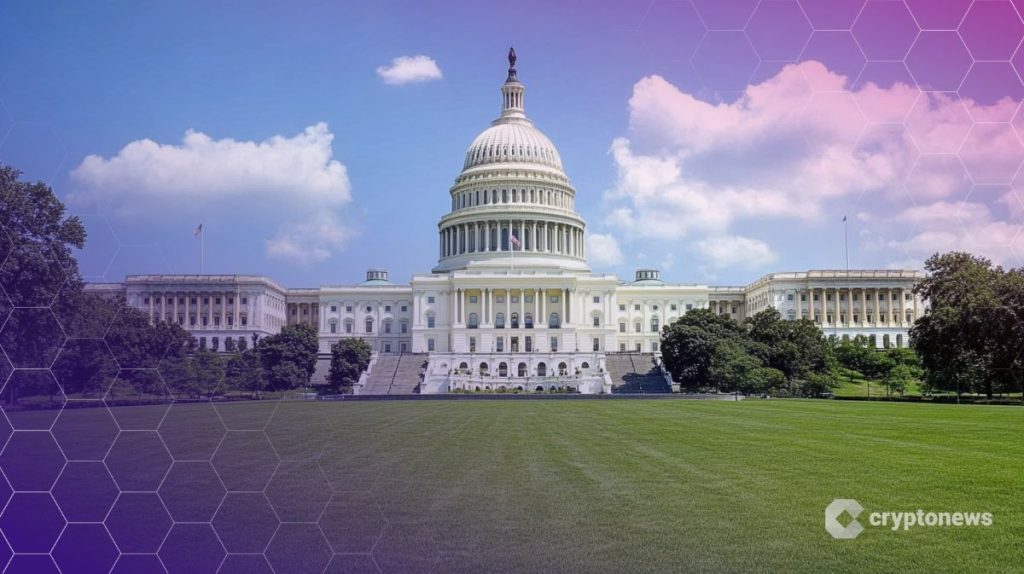Last updated:
 Why Trust Cryptonews
Why Trust Cryptonews

A new draft bill introduced in the U.S. Senate aims to impose emissions-related fees on data centers supporting blockchain networks and artificial intelligence operations should they exceed newly proposed federal environmental thresholds.
The legislation, detailed in an April 11 Bloomberg report, is intended to mitigate the rising environmental impact of energy-intensive computing operations.
The proposed “Clean Cloud Act” is introduced by Democratic Senators Sheldon Whitehouse and John Fetterman.
Senate Bill Seeks EPA Emissions Standards for Large Data Centers and Crypto Miners
The bill calls on the Environmental Protection Agency (EPA) to establish emissions performance standards for large-scale data centers and crypto mining facilities with over 100 kilowatts of installed IT nameplate power.
These standards would be based on regional grid emissions and would aim for an 11% annual reduction in emissions.
The bill proposes a financial penalty for facilities that fail to comply. Emitters would be charged $20 per ton of carbon dioxide equivalent (CO2e), with the fee increasing annually by inflation plus $10.
The Senate Committee on Environment and Public Works noted that power demand from data centers and crypto miners is rising faster than the supply of carbon-free electricity, potentially leading to energy price hikes for consumers.
Projections suggest data centers could account for as much as 12% of U.S. electricity consumption by 2028.
Research by Morgan Stanley estimates that data centers worldwide could contribute up to 2.5 billion metric tons of CO2 emissions by 2030. Critics argue that the bill unfairly targets certain sectors.
VanEck’s head of research, Matthew Sigel, called the proposal a misguided attempt to shift blame onto server infrastructure, including Bitcoin mining, in what he termed a “losing strategy.”
The proposed legislation may also conflict with the current administration’s crypto and AI policies.
President Donald Trump has reversed a 2023 executive order by President Joe Biden that imposed AI safety regulations and has publicly declared his ambition to position the U.S. as the global hub for both cryptocurrency and AI innovation.
Crypto Miners Pivot to AI
Meanwhile, crypto mining firms like Galaxy, CoreScientific, and Terawulf have increasingly pivoted toward high-performance computing (HPC) services to support AI models.
With AI’s unprecedented demand for data center and GPU resources, crypto mining companies are finding new opportunities in the AI sector by converting their existing infrastructures.
Last year, Core Scientific announced a partnership with AI startup CoreWeave, expected to generate approximately $3.5 billion in revenue over 12 years.
“We view the opportunity in AI today to be one where we can convert existing infrastructure we own to host clients who are looking to install very large arrays of GPUs for their clients that are ultimately AI clients,” stated Core Scientific CEO Adam Sullivan.
The company has identified about 500 megawatts of capacity available for conversion to AI facilities, potentially the largest GPU installment dedicated to AI globally.





